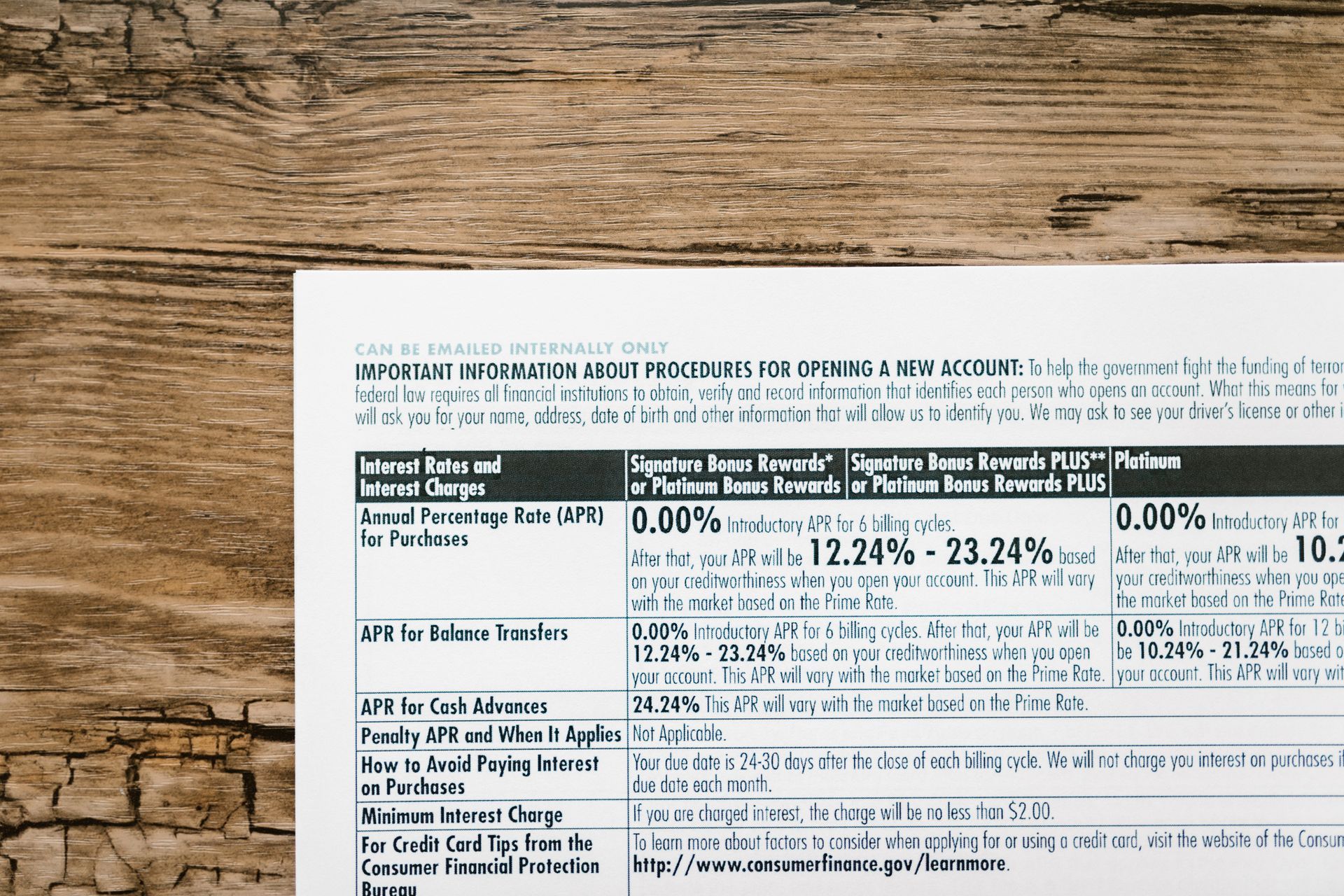How Much More Expensive Is Return of Premium Life Insurance?
Return of Premium (ROP) life insurance typically costs 2 to 5 times more than standard term life insurance. This price difference is due to the unique feature of ROP: if you outlive your policy, you’ll get your paid premiums back, minus any fees. The actual cost hinges on factors including your age, health status, and the amount of coverage you opt for.
Premiums for ROP insurance are substantially higher as they combine the benefits of term life protection with a potential savings-like refund. Considering the blend of security and the chance for a refund, this kind of policy demands a higher financial commitment. Weighing its advantages against the higher premiums will guide you to understanding if it aligns with your financial goals.
Contact Us
We will get back to you as soon as possible.
Please try again later.
Key Takeaways
- Return of Premium (ROP) insurance costs 2-3 times more than traditional term policies.
- ROP policies can be up to 5 times more expensive, depending on factors like age and health.
- The higher cost is due to the refund feature, offering up to 100% premiums back if outliving the term.
- Premiums vary significantly with age, health, coverage amount, and insurer availability.
- Despite higher costs, ROP insurance is more affordable than whole life options and provides a potential return on premiums paid.
Understanding ROP Life Insurance
Return of premium (ROP) life insurance, costing significantly more than traditional term policies, refunds your premiums if you outlive the term. This unique feature allows you, the policyholder, to essentially get back what you’ve put in, making ROP insurance an attractive option for those seeking both coverage and a potential return on investment.
However, the cost of these policies isn’t static; it varies based on your age, health status, and the desired coverage amount. While refund percentages can reach up to 100%, excluding charges such as administrative fees, remember that factors like late payment penalties and your individual health conditions could affect the final amount refunded.
It’s a blend of term life insurance benefits with a savings-like refund, tailored to your unique profile.
Cost Comparison Overview
When considering the financial implications of different life insurance policies, you’ll find that return of premium life insurance can cost you two to three times more than traditional term life insurance. This significant difference in cost is driven by several key factors that Policygenius highlights in their comparisons:
- Policy costs vary significantly with age, health, and the chosen coverage amount.
- Administrative fees and potential late payment charges can reduce the refund amount.
- Factors affecting cost include not just age and health, but also gender and smoking status.
- The refund amount is influenced by the total premiums paid, minus any fees or charges.
Understanding these aspects is crucial for making an informed decision about whether return of premium life insurance aligns with your financial goals and needs.
Factors Influencing Premiums
Understanding the factors that can significantly impact the premiums for return of premium life insurance is essential. These premiums can vary widely based on several key aspects. Your age, health, and the amount of coverage you choose directly influence the cost of your policy.
Unlike traditional term life insurance, return of premium policies can be 2 to 5 times more expensive. This is because they offer refunds, sometimes up to 100% of premiums paid, minus any administrative fees and late payment charges. These refunds make the policies more costly upfront.
Additionally, the availability of return of premium options differs among insurance providers. This availability can affect your ability to find a policy that fits your budget and needs.
Pros and Cons
While weighing the benefits of return of premium life insurance, it’s crucial to consider both its advantages and drawbacks.
- Potential for cash value: Unlike a traditional term life policy, return of premium insurance offers a potential cash value if you outlive your policy.
- Less risk of no payout: It reduces the risk of paying premiums without any return, unlike traditional term life insurance.
- More expensive: These policies can be 2 to 5 times more expensive than traditional term life insurance, making them less accessible for some.
- Limited availability: Not all insurers offer return of premium policies, limiting your options.
Before deciding on a return of premium term life policy, it’s vital to balance its potential benefits against the higher premiums and its pros and cons.
Real-Life Cost Examples
Before exploring the specifics, it’s helpful to look at some real-life cost examples of return of premium life insurance to see how it compares financially to other policies. Generally, return of premium life insurance can cost 2 to 3 times more than regular term life insurance. This higher cost is due to the premiums for ROP policies being elevated to account for the refund feature at the end of the term.
Factors such as age, health, and the desired coverage amount significantly influence the cost. Despite the higher premiums, ROP insurance can still be more affordable than whole life insurance options, offering a middle ground for those who find regular term life insurance appealing but are looking for a policy with a potential return on premiums paid.
Making the Right Choice
Deciding between return of premium life insurance and traditional term life insurance requires considering both your financial situation and long-term goals.
- Premium Costs: Return of premium (ROP) life insurance policies are 2 to 5 times more expensive than term life insurance, reflecting the potential for a refund.
- Refund Feature: If you outlive the term, ROP policies offer up to a 100% refund of premiums paid, minus any fees.
- Financial Factors: Your age, health, and the coverage amount influence premium costs, making it crucial to assess if the higher premiums align with your financial plans.
- Companies and ROP Rider: Some companies offer an ROP rider as an addition to a term policy, providing flexibility to get a refund without committing to higher premium costs upfront.
Choose wisely, as the right life insurance policy can significantly impact your money and financial security.
Frequently Asked Questions
- Is Return of Premium Term Insurance Good?
Return of premium term insurance might be good for you if you’re seeking a forced savings plan and don’t mind higher costs for the chance to get your premiums back if you outlive the term.
- What Is the Return of Premium on Insurance?
Return of premium on insurance means if you outlive your policy, you’ll get all your paid premiums back. It’s an add-on for term life policies but makes your insurance cost 2 to 3 times more.
- What Is the Return of Premium Value?
Diving into the heart of the matter, the return of premium value in life insurance is like finding a treasure chest; it’s up to 100% of what you’ve paid if you outlive the policy’s term.
- What Is the Returnable Premium Amount?
You’re wondering about the returnable premium amount in these policies. It’s up to 100% of the premiums you’ve paid, tax-free, if you outlive the term. Factors like your age and health status can affect it.
Explore More Life Insurance with Broker Chris Antrim Insurance
Ultimately, choosing Return of Premium (ROP) life insurance is like deciding between a safety net and a high-wire act without one. It’s pricier—often significantly so—but you’re paying for the peace of mind that comes from knowing you’ll get your money back if you don’t use the policy.
Consider your financial situation, your long-term goals, and the value you place on that potential refund. It’s not a one-size-fits-all answer, but with careful analysis, you’ll find the right fit for your financial safety net. Explore our website and
get your free insurance.
Boise Health & Life Insurance Agency - Serving Boise The Treasure Valley & Idaho
Boise, ID
83704
All Rights Reserved | goidahoinsurance.com












